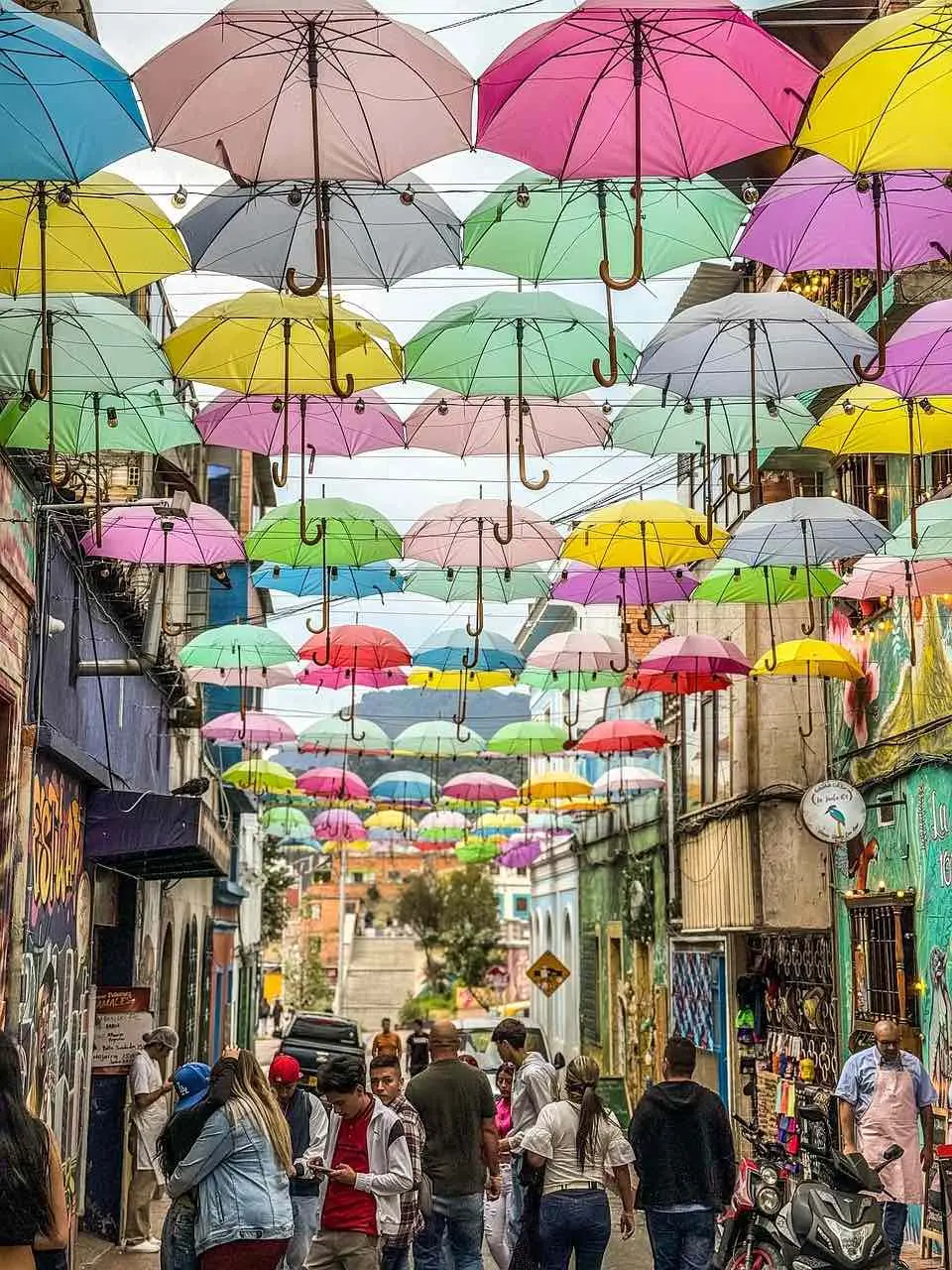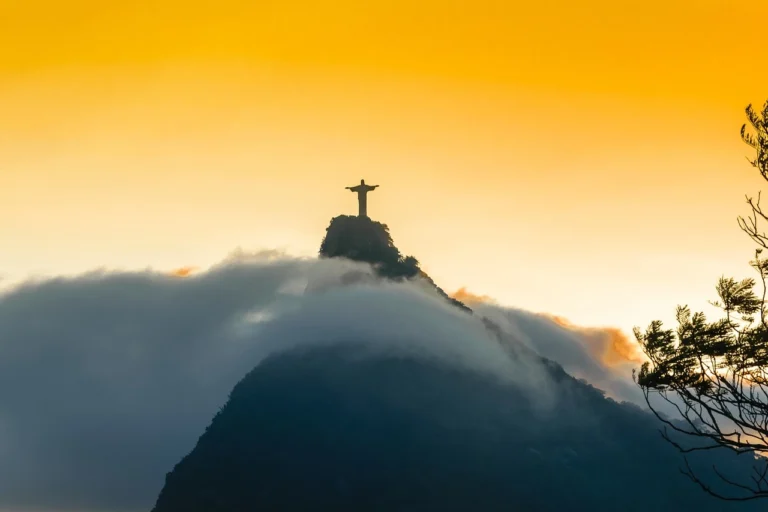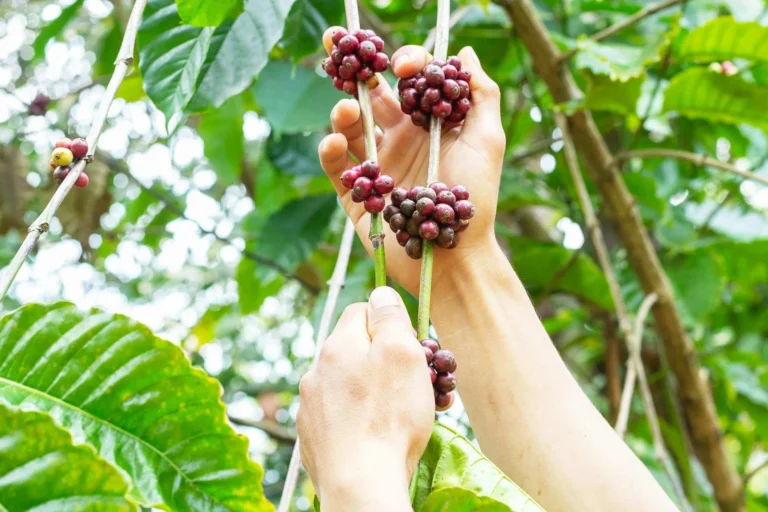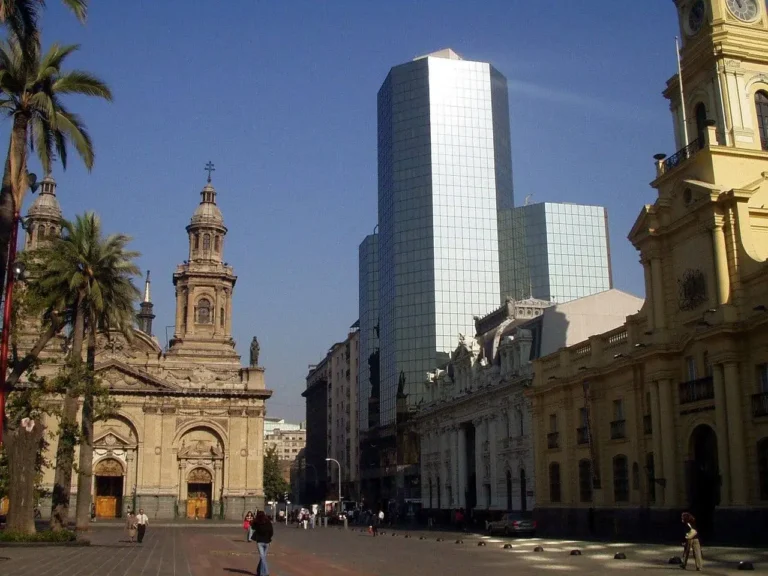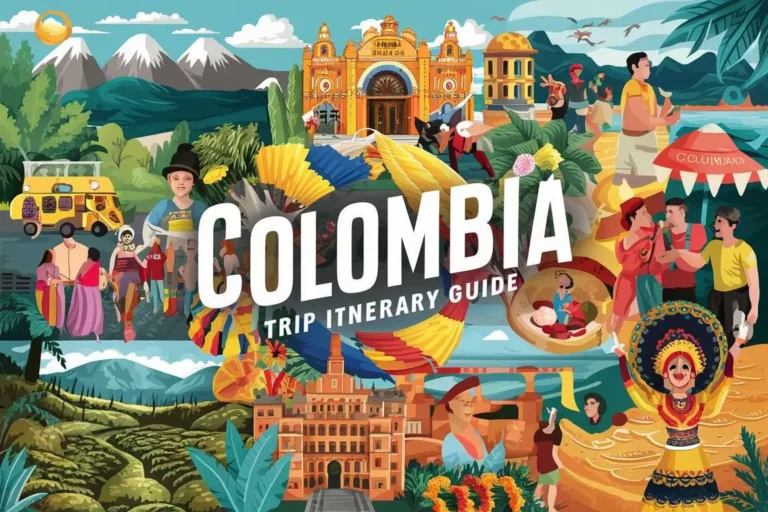Things to Do in Colombia: How to Plan the Perfect 7 Day Itinerary
Table of Contents: things to do in colombia
Unsure where to start with Colombia’s endless activities and attractions?
From the vibrant streets of Bogotá to the pristine beaches of the Caribbean coast, Colombia offers so much that planning a week-long trip can feel daunting.
This carefully crafted 7-day itinerary ensures you’ll experience the best things to do in Colombia without missing the country’s most spectacular highlights or hidden treasures. You’ll discover the perfect blend of colonial cities, lush landscapes, and cultural immersion.
As someone who has explored Colombia extensively over the past decade and helped hundreds of travelers create their perfect Colombian adventure, I’ve distilled the country’s essence into this balanced, practical route.
In this guide, you’ll find day-by-day plans covering Colombia’s must-see destinations, practical travel logistics, accommodation recommendations, and insider tips to experience Colombia like a local, not a tourist.
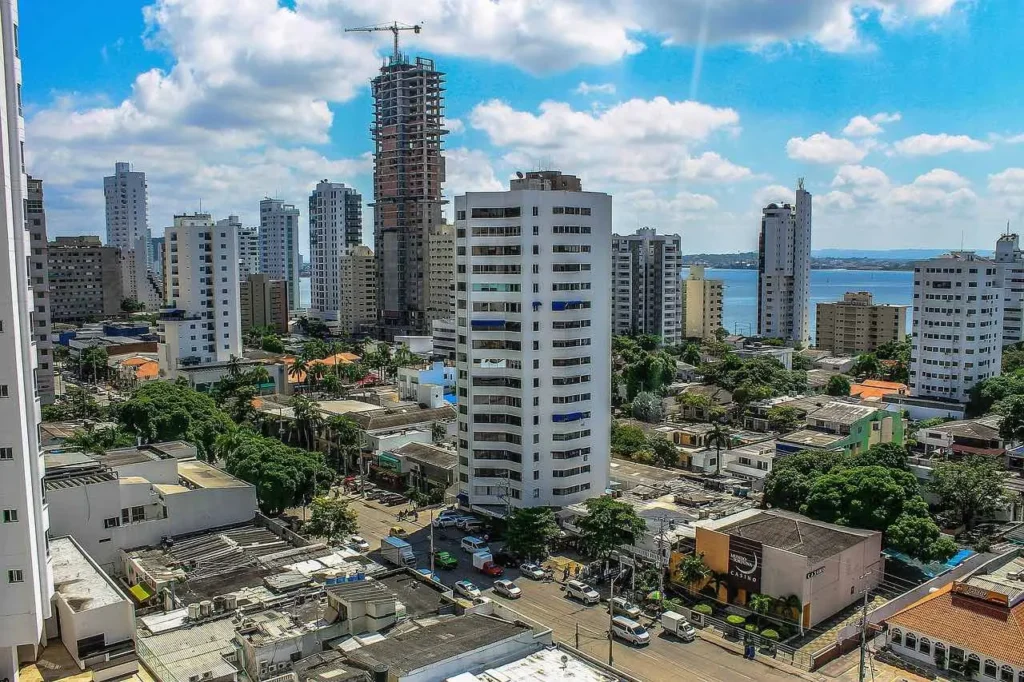
Why This Itinerary Works
- Maximizes your time in Colombia without exhausting yourself with constant travel
- Balances iconic attractions with off-the-beaten-path experiences
- Adapts easily for solo travelers, couples, families, or small groups
- Features eco-friendly travel choices that benefit local communities
- Offers authentic cultural experiences beyond typical tourist attractions
Choosing the Right Destinations
Colombia’s diversity means you could spend months exploring and still discover new treasures. For a 7-day itinerary, focusing on key regions maximizes your experience while minimizing travel time.
Best Stops on This Route
- Bogotá: Colombia’s cosmopolitan capital blends historic charm with modern energy
- Coffee Region: Lush landscapes and the world’s finest coffee farms
- Medellín: Known as the “City of Eternal Spring,” boasting creative and modern urban design
- Cartagena: Colonial beauty with Caribbean flair
When to Visit Colombia
- December-March: Dry season with sunny days, perfect for coastal areas
- July-August: Another dry period, ideal for hiking and outdoor activities
- Visit during April June or September November for fewer crowds and light seasonal rains
Destination Substitutions
- Choose Santa Marta instead of Cartagena if you’re drawn to natural landscapes rather than historic buildings
- Opt for San Gil over the Coffee Region for a greater focus on adrenaline filled adventures
- Substitute Medellín with Cali if salsa dancing and Afro-Colombian culture interest you
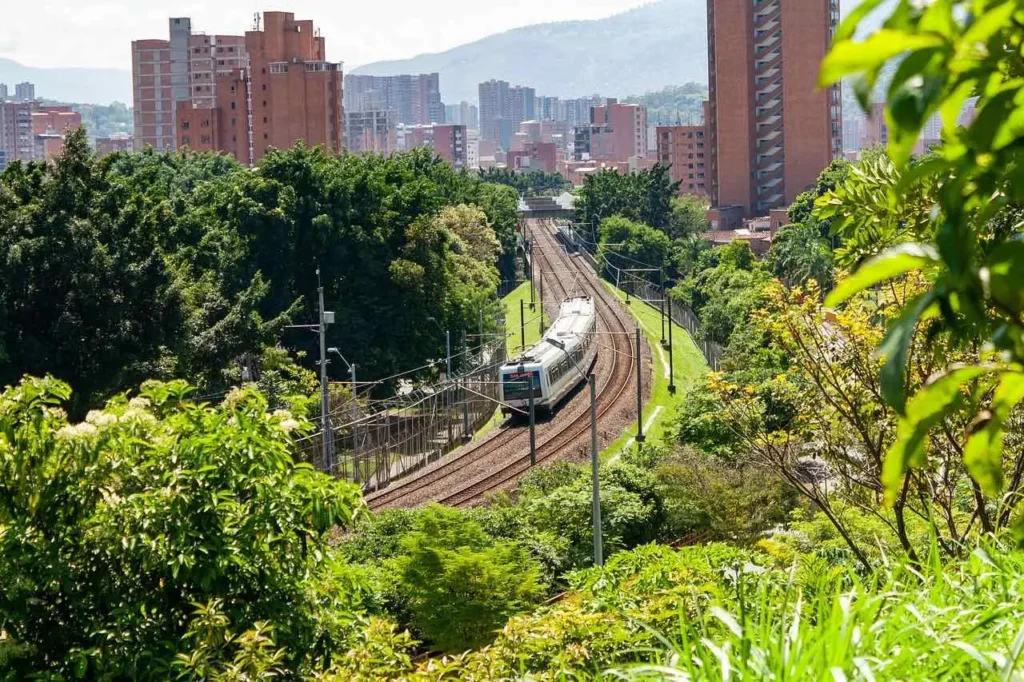
Planning & Preparation ( things to do in colombia )
Booking Tips
- Book domestic flights 4-6 weeks in advance for best prices
- Book your stay in Cartagena well in advance, particularly during peak travel periods
- Consider using Colombia’s excellent bus system for shorter journeys
- Pre-book popular activities like coffee farm tours during peak travel times
Packing Essentials
- Lightweight, breathable clothing for multiple climates
- Rain jacket or compact umbrella (regardless of season)
- Comfortable walking shoes for city exploration and light hiking
- Don’t forget sunscreen, bug spray, and a refillable water bottle
- Basic Spanish phrases and a translation app
Travel Documents & Currency
- Make sure your passport is valid for at least six months beyond your travel dates
- Colombia’s currency is the Colombian Peso (COP)
- ATMs are easy to find in urban areas—just notify your bank before traveling
- Keep small bills handy for street vendors and transportation
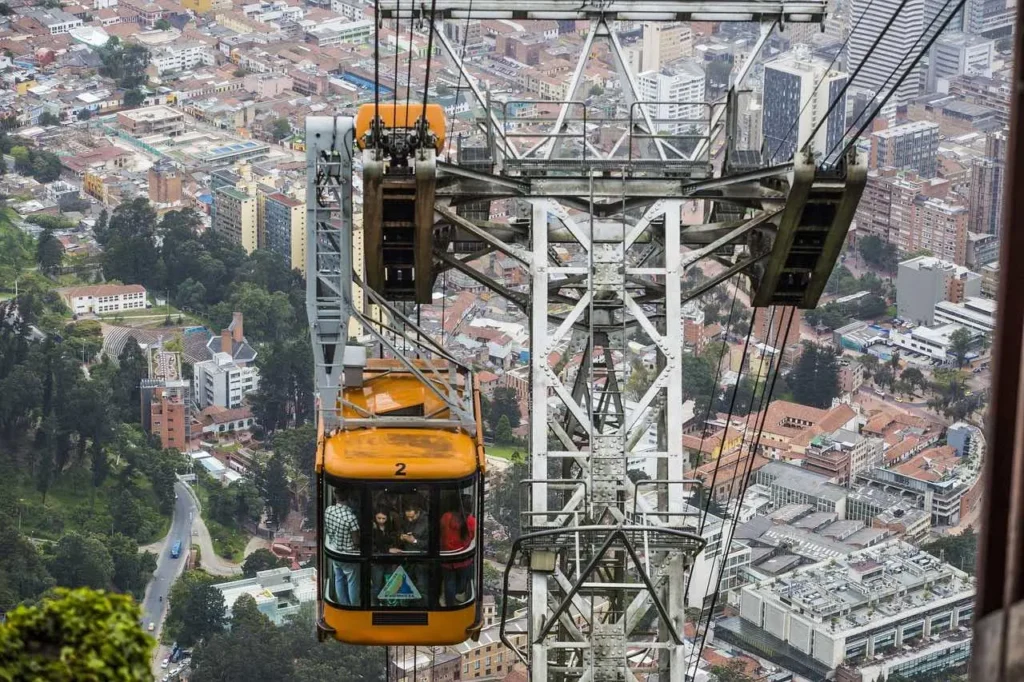
Step-by-Step Itinerary
Day 1: Bogotá – Colonial Charm & Modern Energy
Morning: Arrive in Bogotá and settle into your accommodation in La Candelaria, the historic center.
Afternoon: Explore La Candelaria’s colorful colonial streets and visit the Gold Museum (Museo del Oro), housing the world’s largest collection of pre-Hispanic gold artifacts.
Evening: Take the cable car to Monserrate for spectacular sunset views over the sprawling city, then enjoy dinner at Andrés Carne de Res DC for an authentic Colombian dining experience.
Day 2: Bogotá – Culture & Local Flavors
Morning: Join a free walking tour to learn about Bogotá’s fascinating history and vibrant street art.
Afternoon: Visit the Botero Museum to admire the famous Colombian artist’s distinctive works, then explore the local food scene at Paloquemao Market.
Evening: Fly to Armenia in the Coffee Region (1-hour flight) and transfer to a coffee farm stay for an authentic experience.
Day 3-4: Coffee Region – Lush Landscapes & Coffee Culture
Day 3:
- Tour a traditional coffee farm to learn about production from bean to cup
- Visit the colorful town of Salento with its preserved colonial architecture
- Enjoy a traditional Colombian lunch featuring the regional specialty, trucha (trout)
Day 4:
- Explore the breathtaking Cocora Valley, famous for its towering wax palm trees
- Explore small pueblos like Filandia, known for its colorful balconies and viewpoints
- Fly to Medellín in the evening—a quick 30-minute trip from either Pereira or Armenia
Day 5: Medellín – Urban Innovation & Transformation
Morning: Take the Metrocable to Comuna 13, once Colombia’s most dangerous neighborhood, now a symbol of urban renewal featuring incredible street art and community initiatives.
Afternoon: Visit Plaza Botero to see the artist’s famous sculptures, then explore the Museo de Antioquia.
Evening: Stroll through El Poblado’s Parque Lleras area for dinner at one of Medellín’s excellent restaurants.
Day 6: Medellín & Surroundings – Nature & Culture
Morning: Take a day trip to Guatapé to climb the 740 steps of El Peñol rock for breathtaking views of the reservoir’s islands.
Afternoon: Explore the colorful town of Guatapé with its vibrantly decorated zócalos (baseboards).
Evening: Return to Medellín and fly to Cartagena (1-hour flight), arriving in time for a late dinner.
Day 7: Cartagena – Caribbean Magic
Morning: Wander the UNESCO-protected walled city of Cartagena, exploring its colorful colonial streets, plazas, and centuries-old churches.
Afternoon: Visit Castillo San Felipe, the largest Spanish fort in the Americas, then cool off with fresh tropical fruit from local vendors.
Evening: Watch the sunset from the city walls, followed by dinner at one of Cartagena’s renowned restaurants featuring fresh seafood and Caribbean flavors.
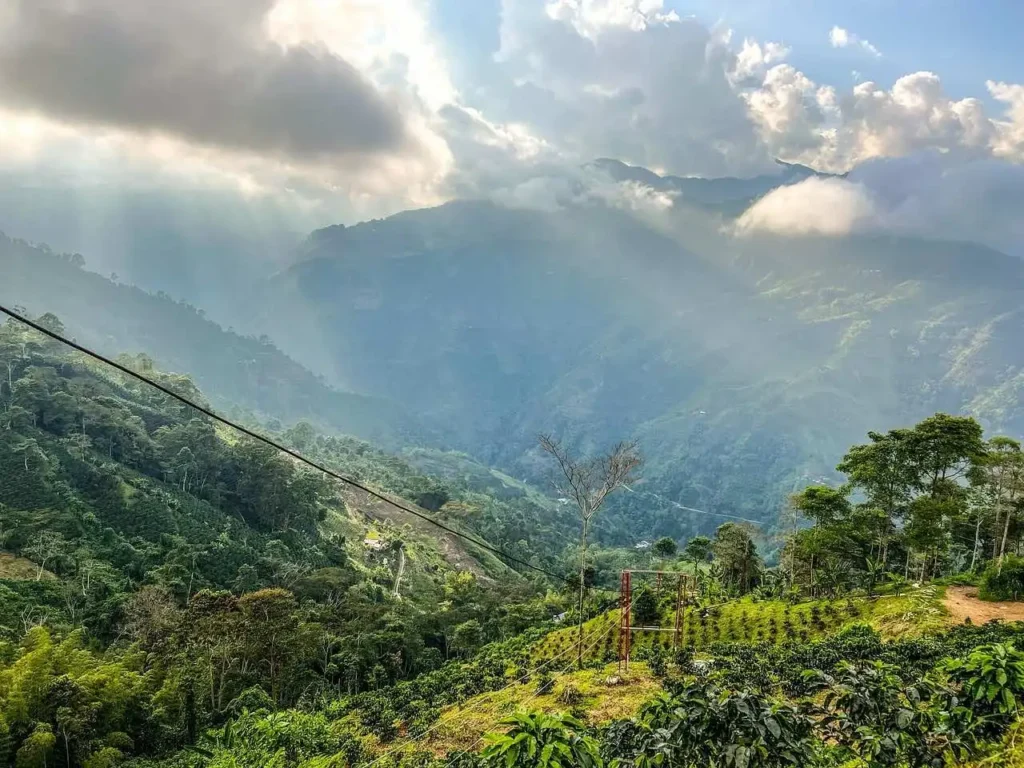
Pro Tips for a Smooth Trip
Avoiding Crowds & Tourist Traps
- Visit popular sites like Monserrate and Gold Museum early in the morning
- Explore the Cocora Valley on weekdays rather than weekends
- Book a private coffee tour instead of joining larger groups
- In Cartagena, venture beyond the walled city to Getsemaní for a more local experience
Must-Have Apps & Tools
- Maps.me for offline navigation
- Rappi for food delivery and local services
- WhatsApp for communicating with guides and accommodations
- Duolingo for learning essential Spanish phrases
- Easy Taxi or Cabify for reliable transportation
Saving Money While Traveling
- Use the efficient public transportation systems in Bogotá and Medellín
- Eat at local markets and small family-owned restaurants
- Look for “menu del día” options for affordable fixed-price lunches
- Consider hostels with private rooms for budget-friendly accommodation with social atmosphere
Itinerary Variations ( things to do in colombia )
Nature Lover’s Edition
- Add a day trip to Tayrona National Park from Santa Marta instead of Cartagena
- Spend more time in the Coffee Region for hiking and wildlife spotting
- Include a visit to Minca for birdwatching and coffee experiences
Cultural Immersion Focus
- Add a cooking class in Bogotá or Cartagena
- Incorporate a visit to an indigenous community in the Coffee Region
- Include a salsa dancing lesson in Medellín
Family-Friendly Adaptation
- Replace Comuna 13 with Parque Explora and the Botanical Gardens in Medellín
- Add Parque del Café (Coffee Park) in the Coffee Region
- Include beach time at the Rosario Islands near Cartagena
Dining & Local Experiences
Must-Try Colombian Dishes
- Arepas: Corn cakes filled with cheese, meat, or eggs
- Bandeja Paisa: Hearty platter with beans, rice, meat, plantain, and avocado
- Ajiaco: Potato and corn soup popular in Bogotá
- Patacones: Fried plantain fritters often served as a side dish
- Fresh tropical fruits: Try exotic varieties like lulo, guanábana, and maracuyá
Cultural Experiences
- Coffee cupping sessions to learn about flavor profiles
- Local market visits to discover Colombian ingredients
- Traditional cooking demonstrations
- Textile workshops with indigenous communities
FAQs: things to do in colombia
“Is Colombia safe for tourists?” Colombia has transformed dramatically over the past decade. While normal precautions apply as in any country, tourist areas are generally safe. Stay aware of your surroundings, don’t flaunt valuables, and follow local advice.
“Do I need to speak Spanish to visit Colombia?” While English is increasingly common in tourist areas, learning basic Spanish phrases will significantly enhance your experience and help you connect with locals.
“How much should I budget for a week in Colombia?” Excluding flights, plan for $50-100 USD per day for mid-range accommodations, meals, and activities. Colombia offers excellent value compared to many destinations.
“What’s the best way to get around Colombia?” Domestic flights are affordable and save time. For shorter distances, comfortable buses connect major cities. Within cities, use rideshare apps or public transportation.
“Can I drink the tap water in Colombia?” Tap water is generally safe in major cities like Bogotá and Medellín, but bottled water is recommended in coastal areas and smaller towns.
Colombia truly offers something for everyone – from breathtaking landscapes and rich biodiversity to vibrant cities and warm, welcoming people. This 7-day itinerary provides just a taste of the incredible experiences waiting for you in this diverse country.
By following this carefully planned route featuring the best things to do in Colombia, you’ll experience the country’s highlights while still having authentic encounters that go beyond typical tourist attractions.
Ready to experience the magic of Colombia for yourself? Start planning your trip today and discover why Colombia is rapidly becoming South America’s most exciting destination.

